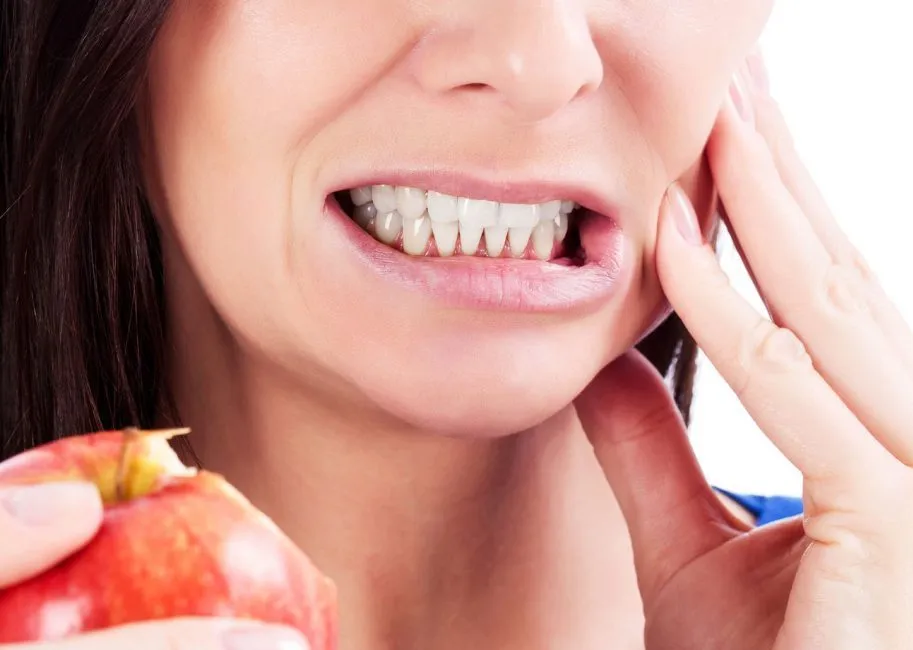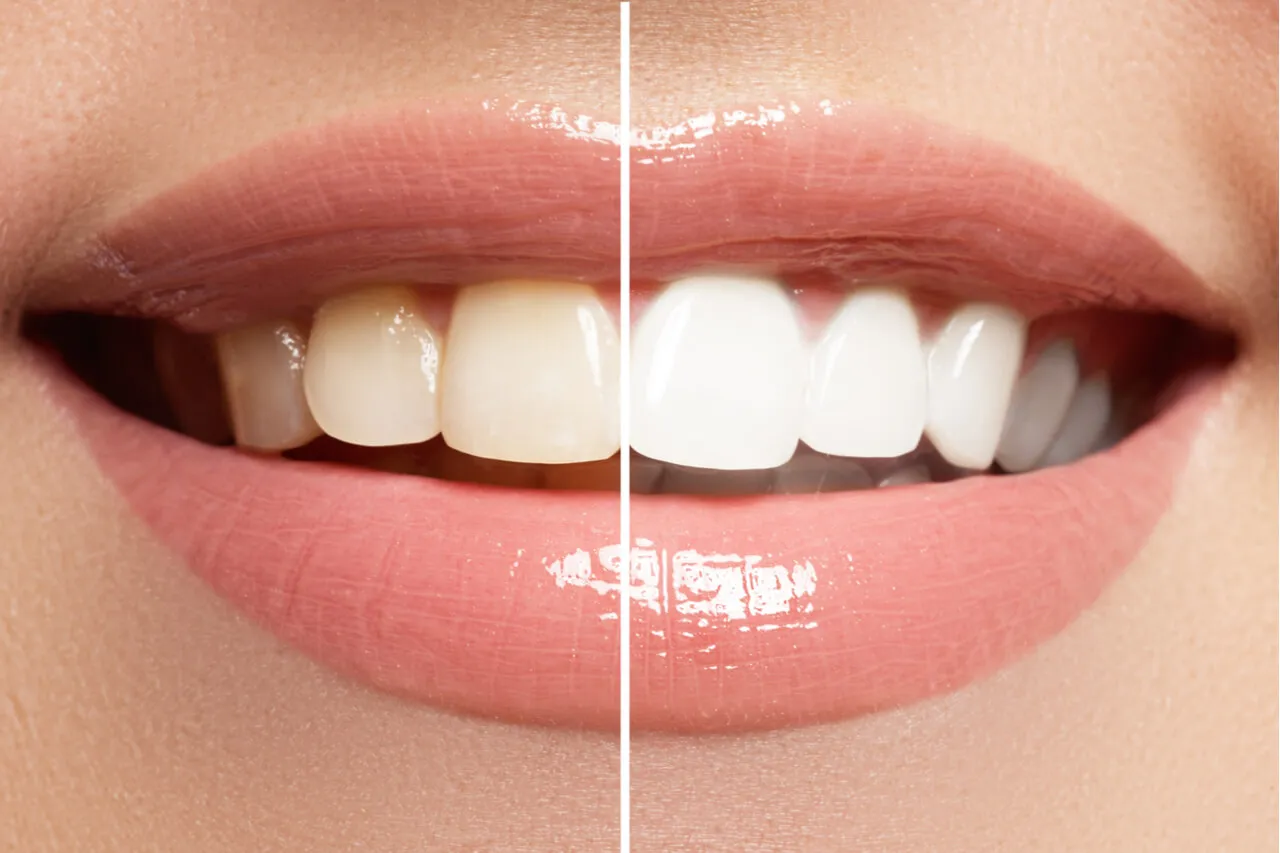Understanding Tooth Whitening Pain
Tooth whitening is a popular cosmetic procedure, offering a brighter and more confident smile. However, sometimes, the pursuit of pearly whites can be accompanied by an unwelcome guest tooth whitening pain. This discomfort can range from mild sensitivity to more intense, sharp sensations. Understanding the causes of this pain is the first step in managing and preventing it. This comprehensive guide dives into the common reasons behind tooth whitening pain, providing actionable solutions and preventative measures to ensure a comfortable and effective whitening experience. Whether you’re considering whitening your teeth or have already undergone the process, this information will empower you to make informed decisions and maintain a healthy, pain-free smile.
Common Causes of Tooth Whitening Pain
Several factors can contribute to the pain associated with tooth whitening. These causes often interact, and understanding each one is critical for effective management. The most common culprits include the whitening agents themselves, existing oral conditions, and the methods used during the whitening process. By identifying the underlying cause, you can take targeted steps to alleviate the discomfort and ensure a positive experience. Keep in mind that not everyone experiences pain, and the severity can vary widely based on individual sensitivity and the specific whitening procedure.
Sensitivity to Whitening Agents

The primary cause of tooth whitening pain is often the whitening agents themselves, usually hydrogen peroxide or carbamide peroxide. These chemicals work by breaking down stains and discoloration within the tooth enamel. However, they can also penetrate the enamel and reach the dentin, which contains tubules that lead to the tooth’s nerve. This penetration can cause sensitivity and pain. The concentration of the whitening agent, the duration of its contact with the teeth, and individual tooth structure all play a role in the level of sensitivity experienced. Higher concentrations of whitening agents generally lead to more intense and prolonged sensitivity, so it’s crucial to choose the right product and follow the instructions carefully.
Gum Irritation and Inflammation
Gum irritation and inflammation are another common side effect of tooth whitening. Whitening agents can come into contact with the gums, leading to irritation and redness. This is particularly true with at-home whitening kits where the trays might not fit perfectly or the whitening gel could be applied incorrectly. Over-the-counter whitening strips and trays can sometimes cause gum irritation, too. Even in-office procedures are not immune, and the use of retractors and prolonged exposure to whitening agents can contribute to the problem. Preventing gum irritation involves proper application of the whitening agent, ensuring the trays fit snugly, and using a desensitizing agent if needed.
Pre-existing Dental Issues
Individuals with pre-existing dental conditions, such as cavities, cracked teeth, or exposed roots, are more prone to experiencing pain during tooth whitening. These conditions can create pathways for the whitening agents to reach the nerve more easily, intensifying the sensitivity. If there is any underlying dental problem, the whitening treatment can exacerbate the pain. It’s essential to address any dental issues before starting the whitening process. This might involve fillings, root canal therapy, or other treatments to resolve the underlying problem and ensure a comfortable whitening experience. A thorough dental examination is crucial before proceeding.
Enamel Micro-Cracks

Micro-cracks in the tooth enamel can also contribute to tooth whitening pain. These tiny cracks, often invisible to the naked eye, can provide pathways for the whitening agents to penetrate the dentin and reach the nerve. These cracks can be caused by various factors, including teeth grinding, aggressive brushing, or the consumption of acidic foods and beverages. While some micro-cracks are inevitable, it’s essential to minimize their formation by practicing proper oral hygiene, avoiding harsh brushing techniques, and protecting teeth from grinding. If a dentist identifies micro-cracks, they might recommend treatments to strengthen the enamel before starting the whitening process.
Incorrect Whitening Procedure
The way the whitening procedure is performed, whether at home or in a dental office, can greatly affect the pain level. For instance, using too much whitening agent, leaving the agent on for too long, or not properly isolating the gums from the whitening gel can cause unnecessary pain. In-office procedures may involve a stronger concentration of whitening agent, which increases the chance of sensitivity. Improper application of take-home kits can also contribute to pain and irritation. It is always recommended to adhere strictly to the instructions provided by the dentist or the product manufacturer and seek professional guidance if any issues arise during the process.
Top Solutions to Alleviate Tooth Whitening Pain
Fortunately, several effective solutions can ease the discomfort associated with tooth whitening. These strategies range from simple home remedies to professional dental treatments. By understanding these options, you can quickly find relief and continue with your whitening process. From using sensitivity toothpaste to adjusting your whitening routine, there are many ways to manage pain and achieve a brighter smile. Remember to consult your dentist if the pain is severe or persistent. They can provide personalized recommendations based on your specific needs and oral health.
Use of Sensitivity Toothpaste

Sensitivity toothpaste, which contains ingredients like potassium nitrate or stannous fluoride, can help block the pathways to the tooth nerve and reduce pain. This type of toothpaste works by creating a barrier to protect the nerve from stimuli. Using sensitivity toothpaste for a few weeks before starting the whitening treatment can help prepare your teeth and reduce the likelihood of pain. If you experience sensitivity during or after whitening, continue to use sensitivity toothpaste regularly. Brushing with sensitivity toothpaste after the whitening procedure can offer significant relief. For the best results, avoid using whitening toothpaste during this period, as it could counteract the benefits.
Whitening Process Adjustments
Adjusting the whitening process can significantly reduce pain. This includes decreasing the concentration of the whitening agent, reducing the duration of the application, or increasing the time between treatments. If you’re using an at-home kit and experiencing sensitivity, consider consulting with your dentist to adjust the procedure. They might recommend switching to a lower concentration whitening product or shortening the time you leave the product on your teeth. For in-office whitening, your dentist can adjust the intensity of the procedure or provide desensitizing treatments. Listen to your teeth, and adjust the whitening process according to your comfort level.
Over-the-Counter Pain Relievers
Over-the-counter pain relievers, such as ibuprofen or acetaminophen, can provide temporary relief from tooth whitening pain. These medications can help reduce inflammation and block pain signals. Take them as directed on the product packaging. If you’re experiencing significant pain, these pain relievers can offer comfort while you seek professional advice. However, they are only a temporary solution. Always consult with your dentist if the pain persists or worsens. They can provide guidance on whether over-the-counter pain relievers are appropriate for your situation and whether any other treatment is necessary.
Professional Dental Care

In some cases, professional dental care is necessary to manage tooth whitening pain. Your dentist can provide several treatments to alleviate the pain. They can apply a desensitizing agent to your teeth, which helps to block the tubules and reduce sensitivity. They can also identify and treat any pre-existing dental issues, such as cavities or cracked teeth. If you have a sensitivity or experience pain after tooth whitening, your dentist may recommend a fluoride treatment. These treatments strengthen the enamel and reduce sensitivity. Make sure to schedule regular check-ups, so you can catch and treat any potential problems early. Professional dental care ensures a safe and comfortable whitening experience.
Proper Oral Hygiene
Maintaining good oral hygiene is crucial both before and after tooth whitening. This includes brushing your teeth twice daily with fluoride toothpaste, flossing daily, and using an antibacterial mouthwash. Regular brushing and flossing help remove plaque and bacteria, reducing the risk of gum irritation and inflammation. Avoiding overly aggressive brushing techniques can protect your enamel and prevent micro-cracks. Proper oral hygiene contributes to the overall health of your teeth and gums. It also helps to minimize sensitivity during and after the whitening process. Always consult your dentist for personalized advice on the best oral hygiene practices.
Prevention of Tooth Whitening Pain
The best way to deal with tooth whitening pain is to prevent it in the first place. Several strategies can help minimize the risk of discomfort and ensure a smooth whitening experience. Taking a proactive approach by consulting your dentist, choosing the right whitening method, and following all instructions carefully can make a significant difference. Prevention involves a combination of professional guidance, careful product selection, and diligent adherence to proper dental care practices. By adopting these preventative measures, you can enhance the chances of achieving a bright, pain-free smile.
Consulting with Your Dentist

Before undergoing any tooth whitening procedure, it’s essential to consult with your dentist. They can assess your oral health, identify any existing dental issues, and determine if you’re a good candidate for teeth whitening. Your dentist can discuss the different whitening methods available, explain the potential risks and benefits, and recommend the best approach for your specific needs. They can also provide customized advice on how to minimize pain and sensitivity. It is recommended to have a dental checkup and cleaning prior to whitening. Consulting a dentist ensures that the teeth whitening process is both safe and effective.
Choosing the Right Whitening Method
Not all tooth whitening methods are created equal, and some may be more likely to cause pain than others. Professional whitening procedures often use higher concentrations of whitening agents, which can increase the risk of sensitivity. If you have sensitive teeth or are prone to discomfort, your dentist might recommend a take-home kit with a lower concentration of the whitening agent. Consider discussing the pros and cons of each option, including in-office whitening, take-home trays, and over-the-counter products. Consider the level of potential pain, cost, and convenience when making your decision. Choosing the right method can significantly affect your overall experience.
Following Instructions Carefully
Regardless of the whitening method you choose, it’s crucial to follow the instructions carefully. This includes adhering to the recommended application time, the correct amount of whitening agent, and any other guidelines provided by your dentist or the product manufacturer. Overusing the whitening agent or leaving it on your teeth for longer than recommended can increase the risk of sensitivity and pain. Carefully reading and understanding all instructions can help you minimize any discomfort. If you are uncertain about any instructions, always consult your dentist or seek clarification from the product manufacturer before proceeding with the whitening treatment.
Post-Whitening Care

Post-whitening care can play a crucial role in minimizing any potential discomfort and ensuring the longevity of your results. This includes avoiding foods and drinks that can stain your teeth, such as coffee, tea, red wine, and dark-colored berries, for the first few days after whitening. Brush your teeth gently with a soft-bristled brush and use sensitivity toothpaste to help soothe any discomfort. Continue with good oral hygiene practices, including brushing and flossing regularly. Consider using a fluoride mouthwash to strengthen your enamel. Post-whitening care will not only minimize pain but also help maintain your bright, white smile for a longer period.
